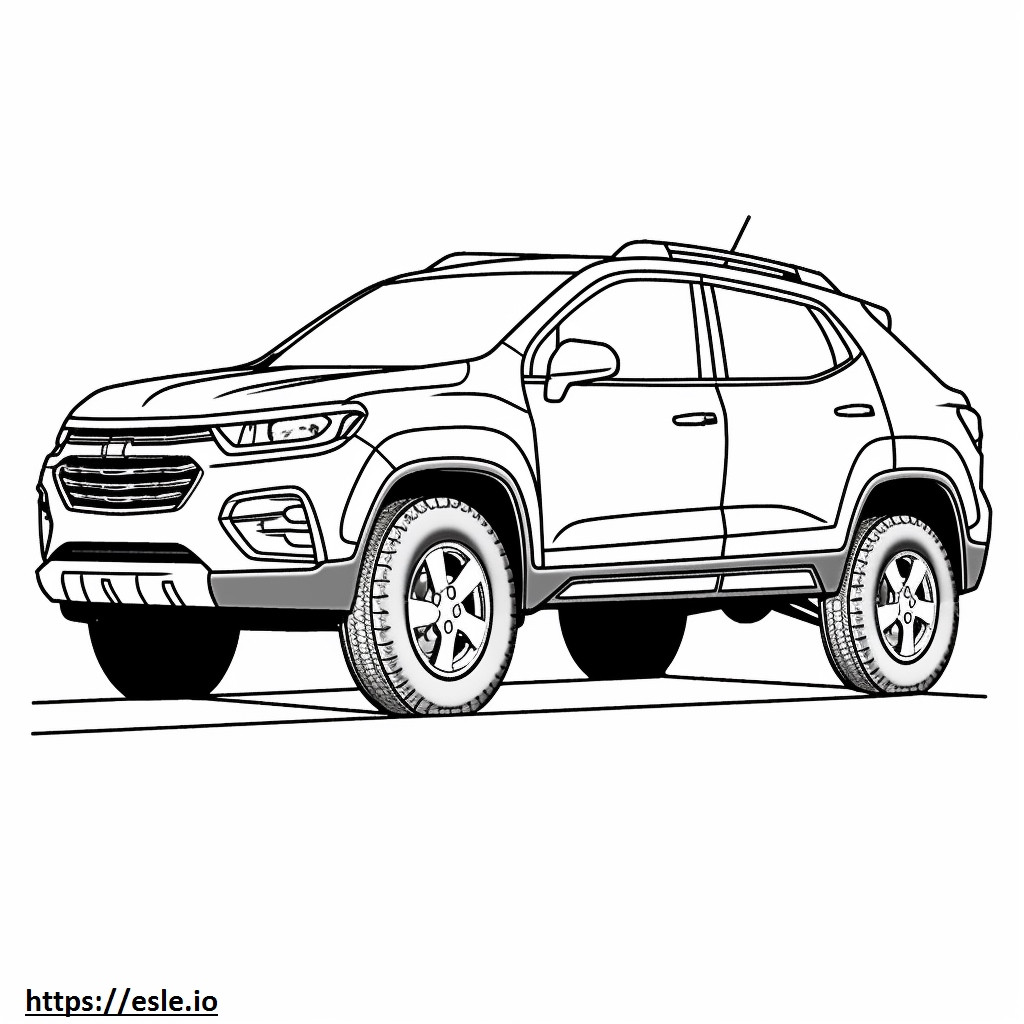Jackerman 2025: Shaping The Future Of Tech & Humanity
As we step into an era defined by unprecedented technological advancements, can we truly envision a future where technology empowers humanity rather than overshadowing it? The answer, as the proponents of "Jackerman 2025" would emphatically declare, is a resounding yes. Jackerman 2025 represents not merely a fleeting trend but a fundamental shift in perspective, a blueprint for how we can harmonize technological progress with the enduring needs and aspirations of society. This movement is gaining significant traction as we navigate the complexities of artificial intelligence, machine learning, and robotics, technologies poised to reshape our daily lives in profound ways.
The core ethos of Jackerman 2025 revolves around the responsible and ethical application of technology to augment human capabilities while addressing critical global challenges. This forward-thinking initiative extends far beyond the realm of gadgets and algorithms; it's a comprehensive framework designed to foster sustainable solutions, from combating climate change to revolutionizing healthcare. The ultimate goal is to cultivate a world that is demonstrably better for everyone.
| Full Name | Jackerman FutureTech (Conceptual) |
|---|---|
| Date of Conceptualization | 2020 |
| Role | Fictional Representation of a Technology Visionary and Innovator |
| Key Ideals |
|
| Referenced Website | World Economic Forum (for related discussions on technology, society, and sustainability) |
The very genesis of Jackerman 2025 is rooted in the convergence of escalating technological innovation and a growing awareness of the societal implications of these advancements. Jackerman, in its fictional embodiment, serves as the ideal leader, a composite representation of foresight, adaptability, and a commitment to ethical considerations in the digital age. This framework is not a static set of rules, but rather a dynamic roadmap, continually evolving as new challenges arise and new technologies emerge.
- Haunt Your Fears Not Your Safety Haunted Prison Secrets
- Lara Rose The Complete Guide Why She Matters Now
At the heart of Jackerman 2025 lie several core principles, which form the basis for its ambitious objectives:
- Responsible Innovation: This is the cornerstone of the entire framework. It ensures that technological advancements are developed and employed ethically, taking into account their potential impacts on individuals and society. This includes rigorous assessments of potential biases in algorithms, ensuring data privacy, and safeguarding against misuse of technology.
- Collaborative Efforts: The success of Jackerman 2025 hinges on the establishment of strong partnerships between governments, businesses, academic institutions, and community organizations. This collaborative spirit is designed to foster an environment where innovation is driven by a shared understanding of the challenges and opportunities that lie ahead.
- Sustainable Development: With an emphasis on the long-term, Jackerman 2025 strongly encourages the adoption of solutions that protect the environment, conserve resources, and promote a circular economy. It recognizes that economic progress cannot be divorced from ecological responsibility.
Institutions such as MIT and Stanford have provided invaluable backing by highlighting the importance of this approach. They have been instrumental in conducting crucial research that emphasizes the need to balance rapid technological progress with an equally important focus on social responsibility, ethical guidelines, and environmental impact.
The impact of technology, in its varied forms, is essential to the vision of Jackerman 2025. Artificial intelligence (AI), blockchain, and quantum computing are some of the technologies at the forefront. AI, for example, is now being used to improve energy consumption management in cities. This reduces waste and boosts overall efficiency.
A report in the journal Nature noted that the implementation of cutting-edge technology has the potential to increase global productivity by up to 40%. This data highlights the revolutionary impact that these tools can have, driving both economic growth and societal advancement.
Sustainability is at the very heart of Jackerman 2025. The framework emphasizes protecting the planet for future generations. Key initiatives include:
- Adoption of Renewable Energy: Transitioning to renewable energy sources like solar and wind power is essential.
- Eco-Friendly Manufacturing: The goal is to reduce waste and the use of polluting materials.
- Circular Economy: This aims to keep resources in use for as long as possible, minimizing waste and promoting recycling and reuse.
Organizations like the United Nations are supporting this effort. They recognize the critical role of technology in reaching environmental goals. The convergence of these elements is designed to propel both environmental and economic growth.
One of the most important ways that Jackerman 2025 is making an impact is in the healthcare sector. Advances in telemedicine, personalized medicine, and wearable health devices are starting to revolutionize how we care for patients. For example, AI-driven diagnostic tools can detect diseases early on, which leads to better treatment outcomes and saves lives.
According to data from the World Health Organization, digital health solutions could reduce healthcare costs by 25% globally. This underscores the need to integrate technology into the healthcare system to improve accessibility and affordability.
Education is another area where Jackerman 2025 is making significant progress. The initiative is pushing to integrate digital tools into learning environments, thereby promoting inclusivity and equity. Online platforms, virtual classrooms, and adaptive learning systems are changing how students get information.
Research by UNESCO shows the potential of digital education to help bridge the global learning gap. This approach provides millions of children with access to quality education, regardless of their geographical location.
Economic implications are an important component of the Jackerman 2025 initiative. While new opportunities are created in fields such as data science and cybersecurity, the displacement of the workforce is a real challenge. Reskilling and upskilling programs are necessary to prepare workers for the changing job market.
According to the McKinsey Global Institute, automation could affect up to 800 million jobs globally by 2030. However, it also estimates that new technologies could generate more than $13 trillion in economic value during the same period. The challenge, therefore, is to proactively manage the transition, ensuring that workers are equipped with the skills needed to thrive in the future economy.
Concerns about data privacy and security are increasing as technology becomes more integrated into daily life. Jackerman 2025 highlights the importance of implementing robust cybersecurity measures to protect sensitive information. Encryption, multi-factor authentication, and decentralized systems are some of the strategies being employed to safeguard digital assets.
Experts from the International Data Corporation (IDC) warn that cyberattacks could cost businesses over $10 trillion globally by 2025. This highlights the urgency of implementing effective security protocols to mitigate the risks.
The future of Jackerman 2025 looks bright, with emerging trends shaping the landscape of innovation:
- Augmented and Virtual Reality: The use of AR and VR technologies is expected to expand. These technologies offer new ways to interact with the digital world, with applications in entertainment, education, and training.
- Biotechnology and Genetic Engineering: Advancements in biotechnology and genetic engineering are poised to transform healthcare, agriculture, and other industries. These advancements are expected to improve diagnostics, treatments, and food production.
- Smart City Initiatives: The development of smart cities is expected to accelerate worldwide. Smart cities use technology to improve urban living, from transportation and energy management to public safety and waste management.
These trends are expected to drive further growth and development, paving the way for a more connected and sustainable world. The continued expansion of smart city initiatives promises to increase efficiency and improve the quality of life for urban residents. These advancements are not just about technological progress; they are about enhancing the lives of individuals and communities.


Detail Author:
- Name : Florian Hane
- Username : whirthe
- Email : mreichel@auer.info
- Birthdate : 1976-03-29
- Address : 34381 Quigley Plaza Suite 953 South Petraberg, NV 27076
- Phone : 762-449-4371
- Company : Kreiger LLC
- Job : Political Scientist
- Bio : Blanditiis sunt in corporis non. Aut nobis quasi sit enim. Earum temporibus dolorem qui vero. Ut laboriosam eos id et.
Socials
linkedin:
- url : https://linkedin.com/in/prippin
- username : prippin
- bio : Et asperiores tenetur at qui eligendi.
- followers : 3249
- following : 56
instagram:
- url : https://instagram.com/pearline.rippin
- username : pearline.rippin
- bio : Excepturi porro et neque aspernatur incidunt veritatis. Distinctio optio dolor ut.
- followers : 545
- following : 1920
twitter:
- url : https://twitter.com/pearline_rippin
- username : pearline_rippin
- bio : Repellat quibusdam voluptatem eligendi harum sit autem consequatur. Sapiente qui sapiente ut eos non. Sit repudiandae sed est numquam ea voluptas non.
- followers : 2264
- following : 1759
facebook:
- url : https://facebook.com/pearlinerippin
- username : pearlinerippin
- bio : Vitae libero aliquid sunt maiores ut.
- followers : 3555
- following : 1592
tiktok:
- url : https://tiktok.com/@pearline.rippin
- username : pearline.rippin
- bio : Nisi ullam laboriosam minima molestias rerum quaerat velit.
- followers : 1694
- following : 819